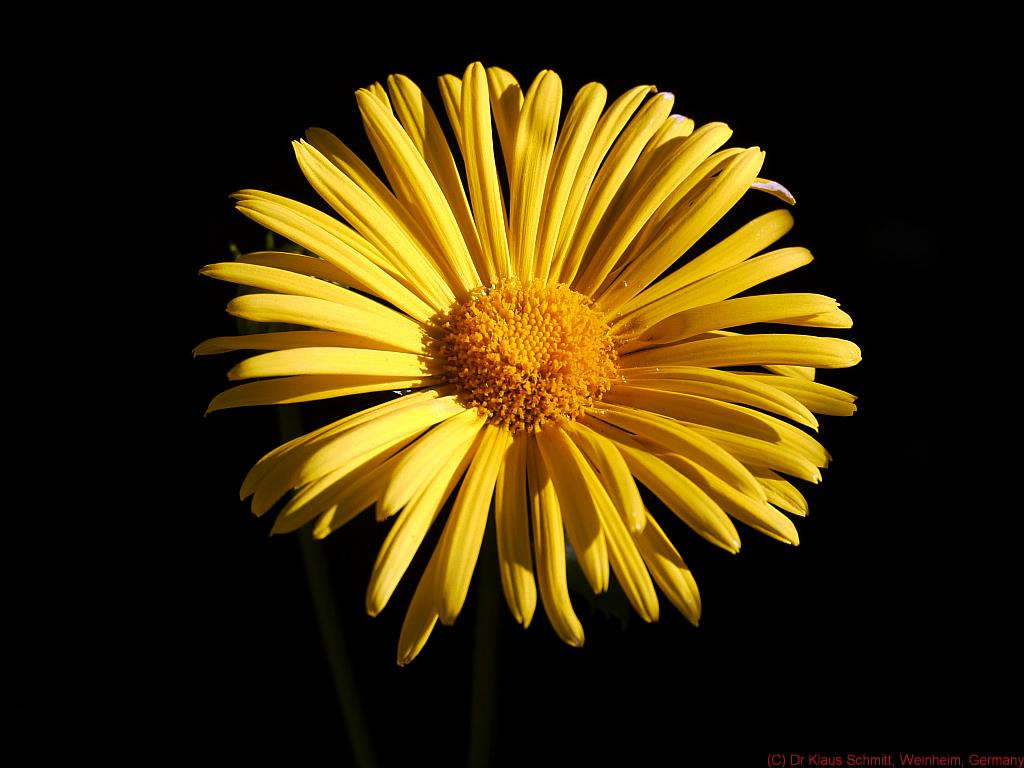Dr Klaus Schmitt
Well-known member
Some first results using my Lumix GH1-UVIR, CERCO 94mm quartz/fluorite lens, Baader-U filter (for UV), Schott BG38 (for VIS)
1st set: UV image "as is", 2nd adjusted to taste
--> UV images showing otherwise invisible UV patterns.
1st set: UV image "as is", 2nd adjusted to taste
--> UV images showing otherwise invisible UV patterns.
Taraxacum (Dandelion)
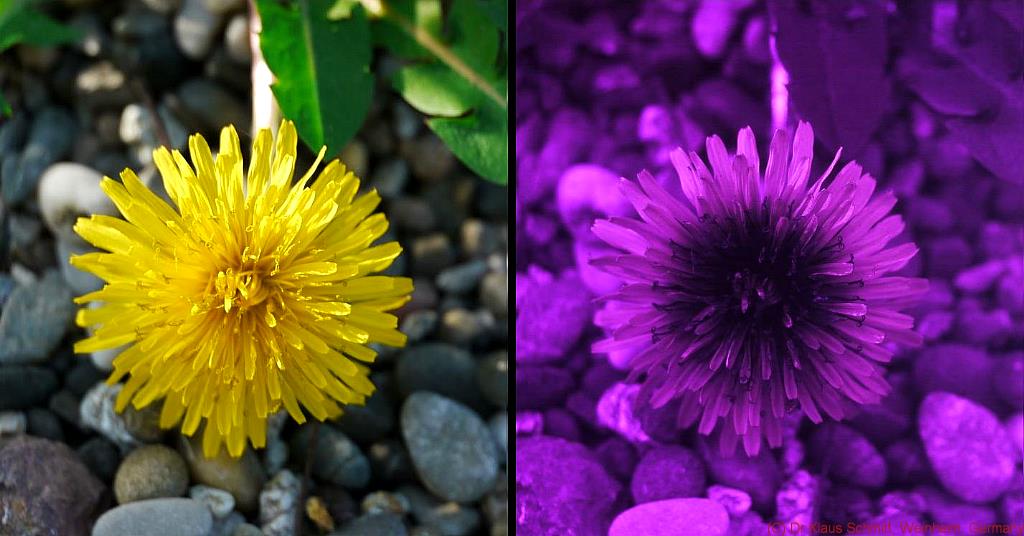
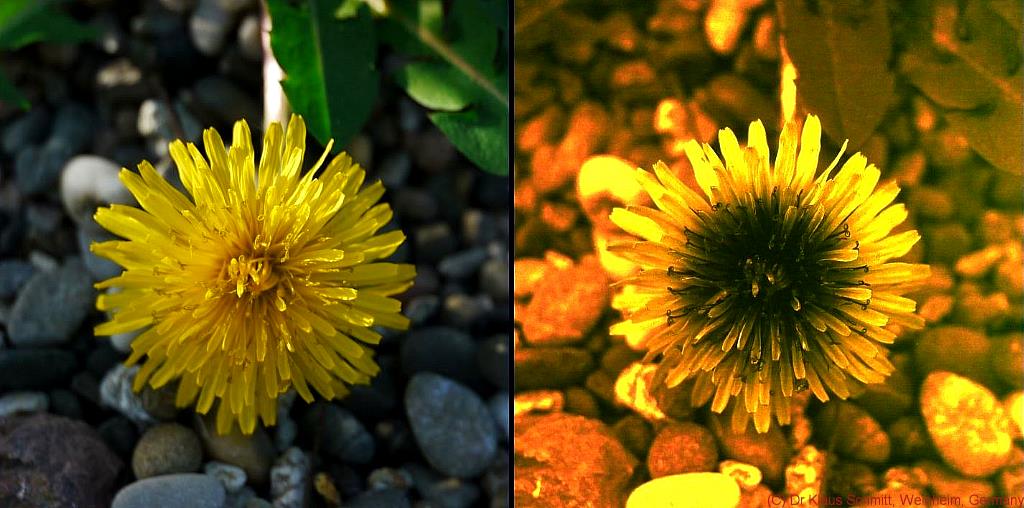
Fritillaria (Checkerboard flower, albino form)
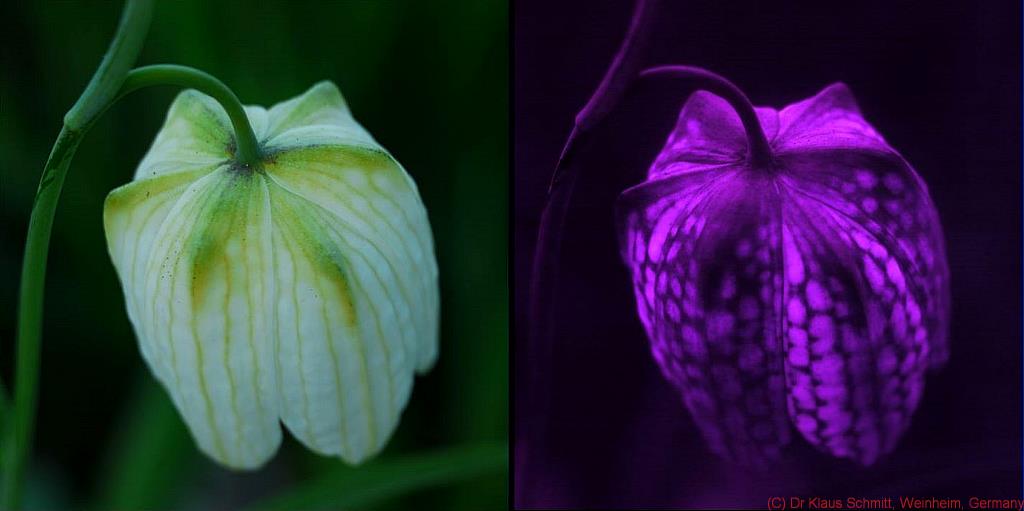
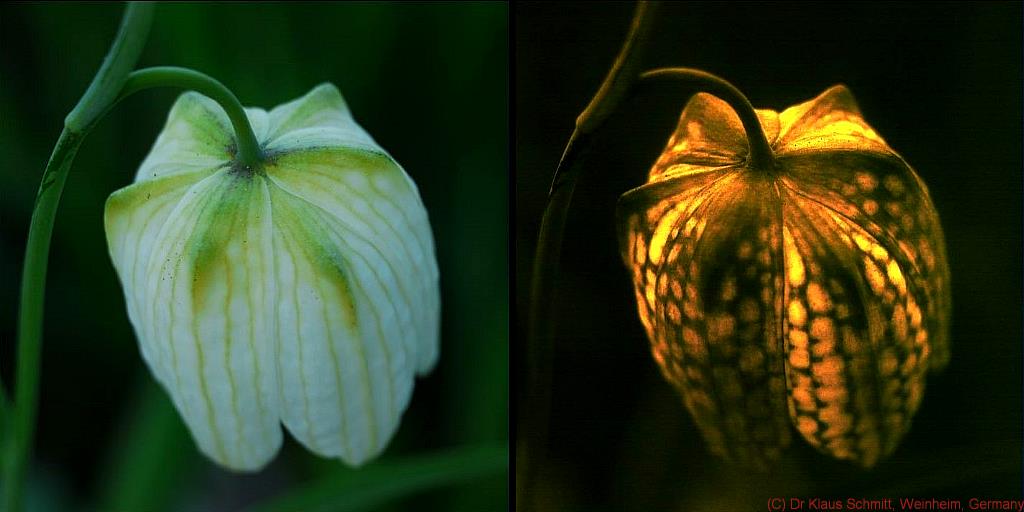


Fritillaria (Checkerboard flower, albino form)



